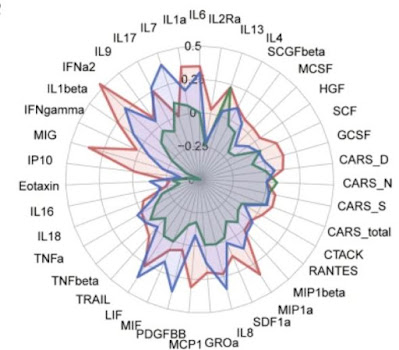Bravo Monty! Academic results in Autism
Some risks are worth taking, however long the journey Academic results are part of most people’s life, whether you love them or loathe them. Most children diagnosed today with autism will do just fine at school, but this was not always the case. Those born 20 or 30 years ago and diagnosed in early childhood with autism are usually in a much less fortunate position. Today’s post is about level 3 autism and what the Lancet Commission want to call Profound autism. The new idea is that if by age of 8, a child with autism still has severe intellectual disability or minimal language then he/she can be best described as having Profound Autism. In other literature the term SDA (Strictly Defined Autism) was proposed. I t means what was called autism back in the 1990s and earlier. You can have severe autism with any level of IQ, which I think many people may not be aware of, or even accept. Monty and his Academic Results The “bravo” for Monty comes from Dr Ben-Ari, the scientific

